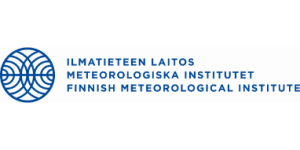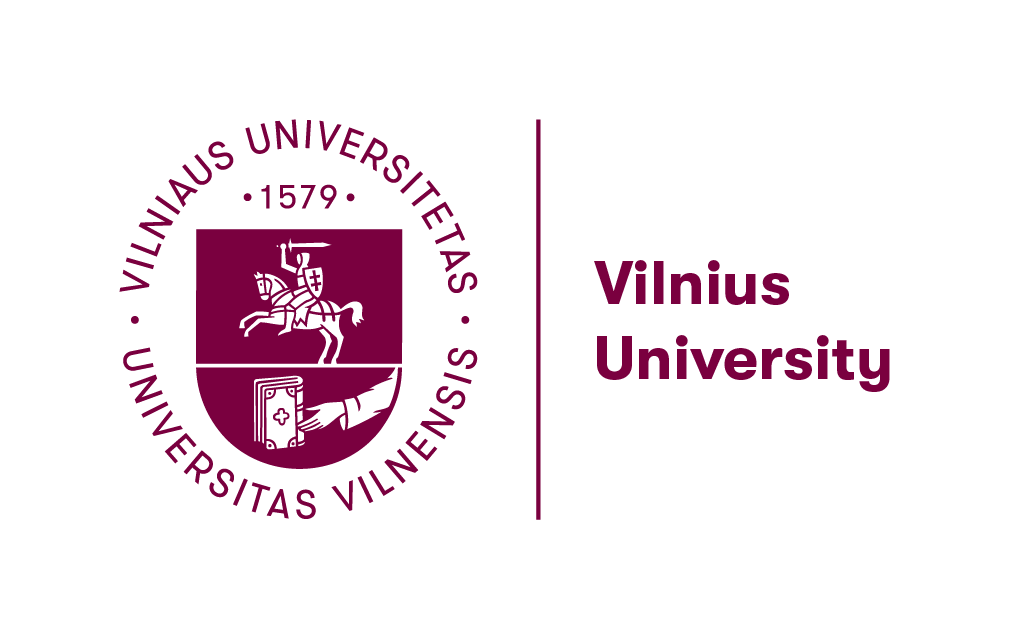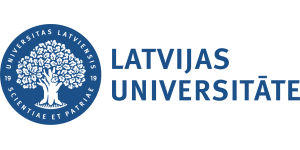This Use Case focuses on further expanding the capacity of the PASYFO model. PASYFO is the first-ever operational Personal Allergy Symptom Forecasting System that includes a mobile application. The symptom forecasting model utilises a multitude of data sources, including spatiotemporal information. The interfaces with data sources such as CAMS, SILAM, and EO are envisaged to be updated, helping the upscaling of the model’s capabilities. Involved modules dealing with spatiotemporal data, such as the monitoring of atmospheric composition, can greatly benefit for the expressive feature space provided by the self-supervised upstream task. The performance of the detection of patterns that can be identified in a supervised way will be enhanced, and models will be facilitated to improve their tradeoff between volume of annotated data required and performance. Moreover, the model’s performance in new areas of the globe would be facilitated by a robust and generic representation provided by the self-supervised approach.
Challenge
During the last 30 years, the prevalence of airborne allergy and asthma in Europe has increased 4-fold reaching 15%-40% of the population. According to the European Federation of Allergy and Airway Diseases Patients Associations, 80 million (24.4%) of adults living in Europe are allergic; the allergy prevalence in children is 30-40% and increasing. Asthma and allergy prevalence is among the major public concerns, with 87% of Europeans seeing it as a serious or very serious problem, on-par with cardiovascular and respiratory diseases. Specific allergy to airborne pollen is exacerbated by chemical co-exposure and extreme weather.
Solution
The updated Web portal and mobile app envisaged to gain new regular users as a result of EO4EU information uptake. The extensions of the service in the European context are a beneficial added value. At the end of the project, the integration of the results of the EO4EU platform will significantly increase the geography of users and thus contribute to raising public awareness and providing tools for the prevention of chronic diseases (such as allergies and consequent asthma). PASYFO direct target audience is allergic to pollen population and allergists. PASYFO forecasting models and visualization services will be enhanced through EO data and EO4EU services, leading to augmented knowledge capacity, providing forecasts of crucial importance to parents, staff of educational institutions, physicians, as the biggest part of the allergic society are children.
Current status
The PASYFO mobile app is currently limited to users in Latvia and Lithuania. The number of people affected by allergies can vary from 220 000 to 450 000, and the number of people who benefit from information on the aerobiological situation is much higher. PASYFO services are used by 1-10% of this population. By submitting data on a daily basis, the users receive personalised PASYFO forecasts.
In the near future, the PASYFO mobile app will be extended to the whole of Europe. Anyone in Europe will then be able to track their exposure to pollen allergens and get health forecasts for the next three days. This information can be used as a personal or public health preventive measure. With the forecasts, users will improve their quality of life and rationalise their healthcare costs.
Work is in progress on a companion website with additional information and automated forecast maps for allergy sufferers. Particularly, Earth observation data and processing on the EO4EU platform, combining information about pollen pollutants and weather conditions will provide “Pollen Resilience Index” maps which can help predict the risk of suffering allergy symptoms.
Input data
Pollen resiliency index uses CAMS model ensemble to produce its forecast maps. Information about atmospheric pollen and pollution concentrations is combined and localized to specific areas for rendering into geographical heatmap overlays that indicate allergy risk severity.
Impact achieved thanks to the EO4EU Platform
Pollen Resilience Index maps are regional, have hourly granularity and are forecast into the future, allowing users to plan their day with reasonably local certainty within both time and space. The simplified representation of allergy symptom risk allows a convenient look-up for allergy sufferers, without burdening them with calculations combining pollen and pollutant load in the atmosphere. The index has been calibrated against real reported symptoms of Pasyfo users. This allows allergy sufferers to be better prepared or avoid symptom risk, simply at a glance.



PASYFO forecasting models and visualization services will be enhanced through EO data and EO4EU services, leading to augmented knowledge capacity, providing forecasts of crucial importance to parents, staff of educational institutions, physicians, as the biggest part of the allergic society are children.